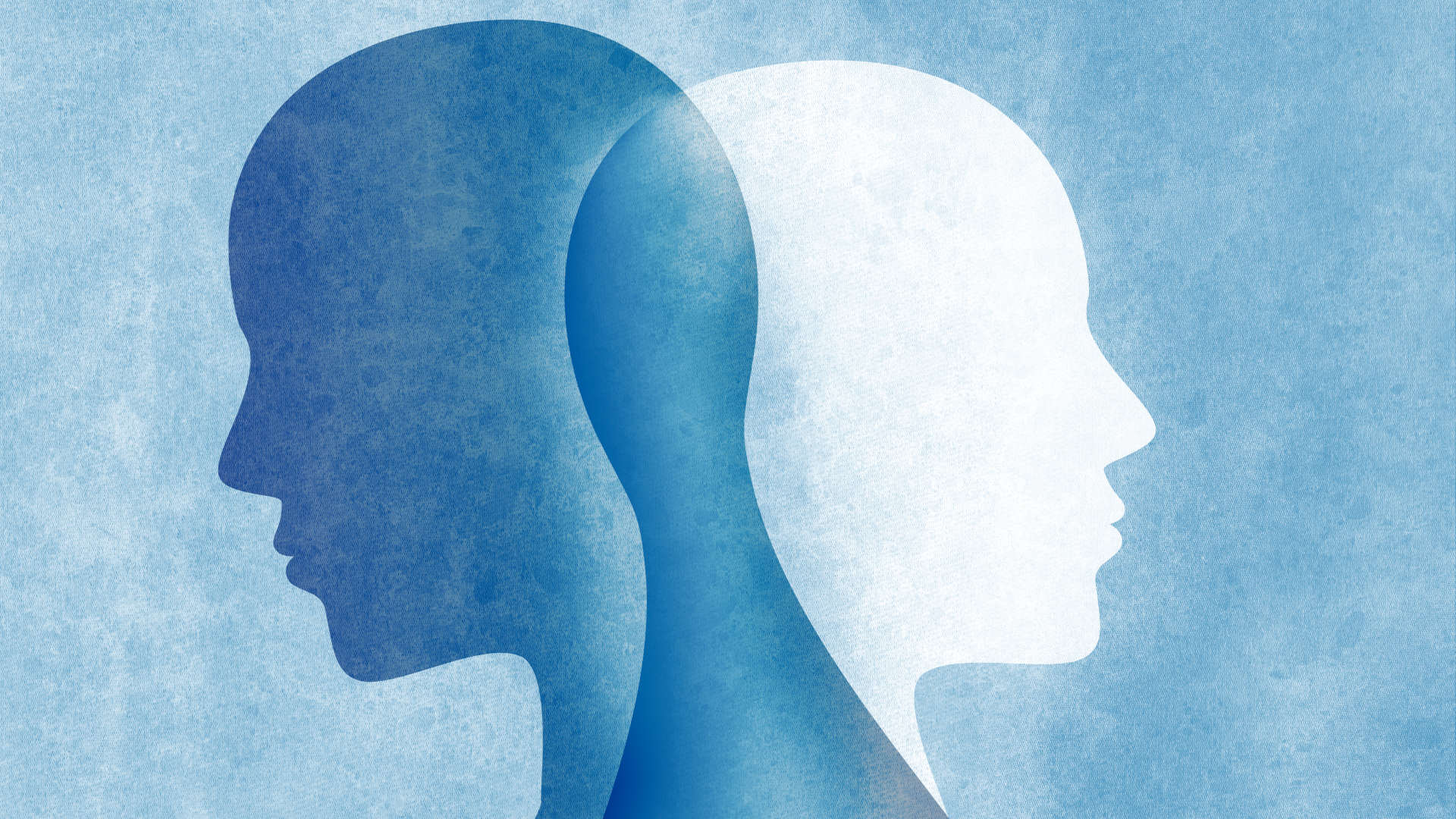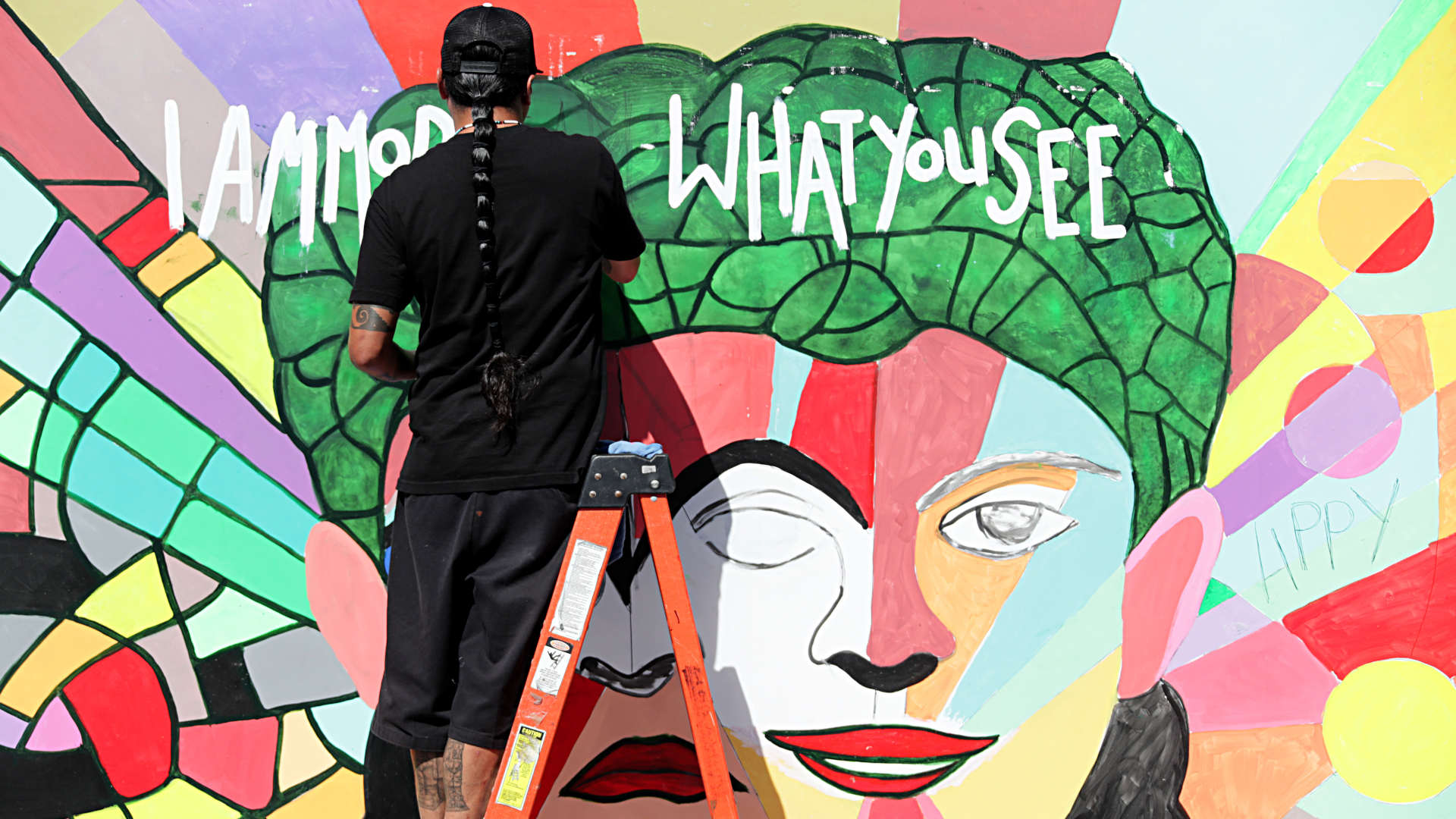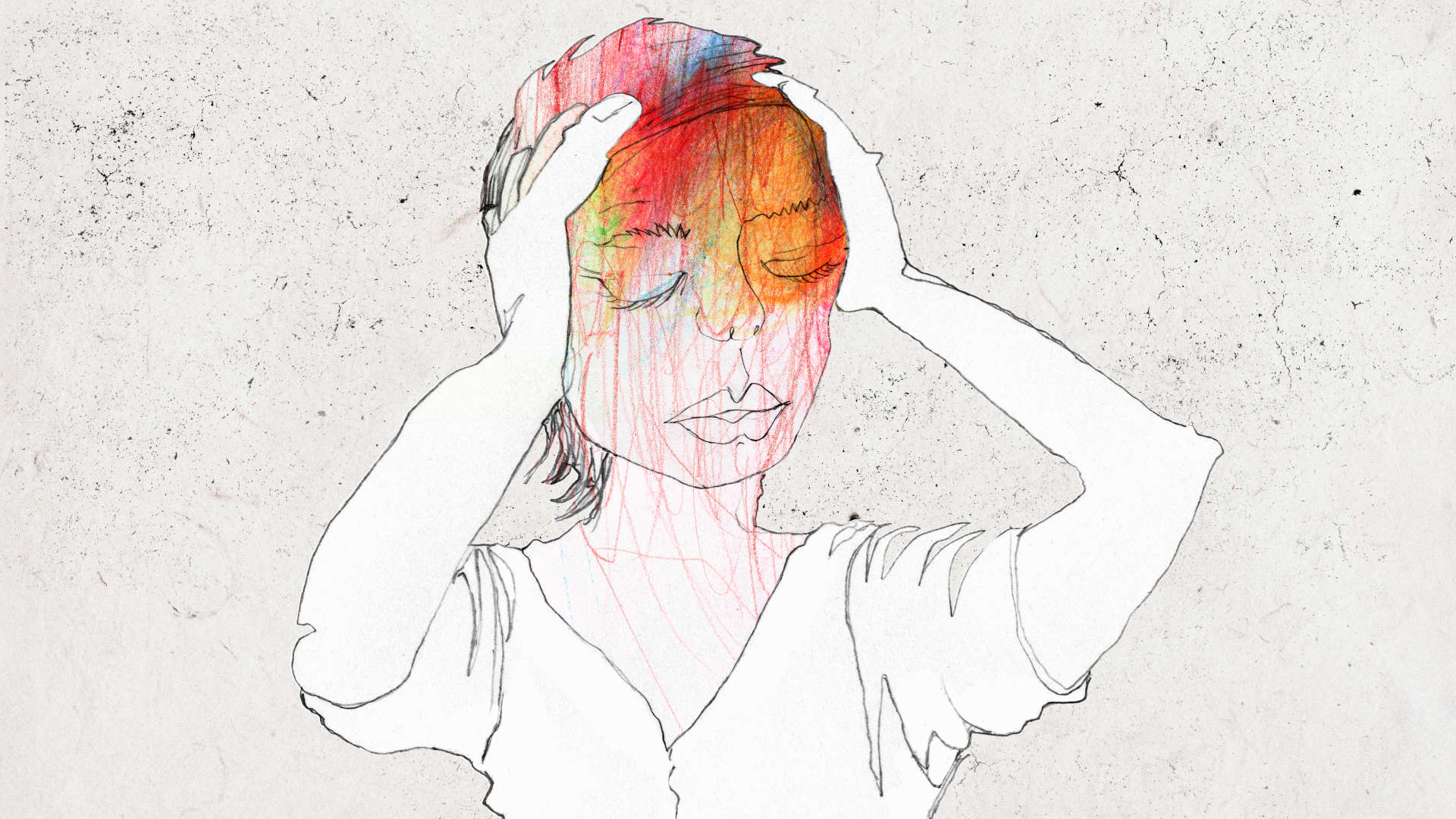In 2016, Canada enacted the Medical Assistance in Dying, or MAID, law, allowing individuals with a terminal illness to receive help from a medical professional to end their life. Following a superior court ruling, the legislation was expanded in 2021 to include nearly anyone with a “grievous and irremediable medical condition” causing “enduring physical or psychological suffering that is intolerable to them.”
Whether mental illnesses such as depression, schizophrenia, and addiction should be considered “grievous and irremediable” quickly emerged as the subject of intense debate. Initially slated to go into effect in March 2023, a new mental health provision of the law was postponed a year due to public outcry both in Canada and abroad. Then, in February, Health Minister Mark Holland announced it had been delayed again — this time until 2027 — to allow more time for the country’s health care system to prepare.
I was horrified by the news of the law’s latest expansion — a reaction that surprised me. Having grown up with a seriously mentally ill family member, I know first-hand how destructive mental illness can be, and I have no illusion that it is always treatable. Additionally, I support assisted suicide in cases of grave and terminal physical illness, so why do I find it so unacceptable to offer it to people who are intractably mentally ill?
For nearly half a century, the Western understanding of mental illness has been shaped to adhere to the larger biomedical concepts of disease and wellness. Biological psychiatry, or the biomedical model, views mental illnesses as organically based disorders of the brain, physiologically indistinguishable from other diseases.
The Canadian MAID law’s inclusion of mental illness is the culmination of this framework. Yet the widespread condemnation that the amendment received (that the bill’s previous iterations did not) demonstrates that mental and physical illness — though worthy of the same respect — are in no way equivalent, and that we can recognize this intuitively.
The law, and the framing of the debate surrounding it, represent the latest evidence of the need to radically rethink, if not completely do away with, the reigning explanatory framework of mental illness.
I support assisted suicide in cases of grave and terminal physical illness, so why do I find it so unacceptable to offer it to people who are intractably mentally ill?
In the 1980s, American psychiatry declared a “biological revolution,” extricating the field from the Freudian approach it had been synonymous with since the earlier part of the 20th century. Soon, it claimed, an understanding of the brain’s circuitry would yield psychiatrists the diagnostic validity found in the rest of medicine. Mental illnesses would be identifiable through brain imaging, genetics tests, and even blood tests, and then treated with specially targeted pharmacology.
But as science historian Anne Harrington, clinical psychologist Brett Deacon, and others have pointed out, the biological model’s rise to prominence had less to do with neuroscientific advances than the convergence of medical association politics, patient advocacy groups, and the extended reach of pharmaceutical marketing.
After civil rights activists attacked psychoanalysis in the 1970s for reinforcing White and heterosexual norms, and with criticism mounting from within its own ranks, American psychiatry began to reassert itself as a biologically based branch of medicine. For its foundation, it drew on the last significant scientific breakthrough in the field: the discovery of first-generation psychiatric drugs in the 1950s and the subsequent research showing the drugs’ effects on serotonin and norepinephrine levels in the brain.
“It’s this idea that we can alter the chemistry of the brain, which then tells us, at least, in the common parlance, this must be a brain disorder,” Greg Eghigian, a historian at Penn State University, explained.
The landmark publication of the third edition of the Diagnostic and Statistical Manual of Mental Disorders (known as DSM-III) in 1980, heralding the field’s return to the scientific method, offered a system of diagnostic checklists, promising consistency among practitioners for the first time. By the time George H.W. Bush inaugurated the 1990s as the “Decade of the Brain,” the ability of brain imaging technologies and genetics to deliver a biological etiology for each disorder seemed imminent.
At the same time, the pharmaceutical industry, enabled by a Reagan-era policy, had bolstered its ties to academia and the American Psychiatric Association and begun funding media outreach, medical education, and patient advocacy groups, such as the National Alliance on Mental Illness, or NAMI.
Public awareness campaigns, such as NAMI’s 1996 Campaign to End Discrimination, drew on recently established brain science to demonstrate that mental illness was just like any other illness. Official policy recommendations, such as the 1999 Surgeon General’s Report on Mental Health and the 2002 New Freedom Commission on Mental Health, included the dissemination of neurobiological information to reduce stigma and encourage people to seek help.
After a 1997 change in Food and Drug Administration regulations which allowed for direct-to-consumer drug advertising, psychiatric medications were among the most heavily marketed, with a more than sixfold increase in spending on the drugs between 1987 and 2001. Commercials for SSRIs, a class of antidepressants, claiming that the drugs specifically targeted a chemical, or serotonin, imbalance in the brain, became so ubiquitous that some remain a topic of pop-culture fascination today. Despite a backlash calling the ads misleading and scientifically groundless, they ran for years, helping to establish “chemical imbalance” as a shorthand for the cause of depression and, more generally, mental illness.
“It’s this idea that we can alter the chemistry of the brain, which then tells us, at least, in the common parlance, this must be a brain disorder.”
At the time the biological revolution was declared, there had been no significant advancements in psychiatric drug treatments since the 1960s, and aside from some promising research on the therapeutic effects of psychedelics, this remains true today.
A 2022 systematic review published in Molecular Psychiatry concluded that there was no consistent association between serotonin and depression, casting doubt on the chemical imbalance theory. Neuroimaging has failed to produce consistent findings, and while studies have revealed genetic links to disorders such as schizophrenia and ADHD, the data is too muddled to have any therapeutic use.
Although new medications, including the SSRIs, have regularly appeared on the market, they are no more effective than those developed in the decades after the Second World War, and mental illness is still diagnosed through descriptions in the DSM, which has had its own controversies.
Moreover, patient outcomes have worsened. Deaths from drug overdoses have seen more than a fivefold increase over the past 20 years, people with a serious mental illness live approximately 15 to 20 years less than the general population, and around 40 percent of high school students have reported feeling sad and hopeless, with about 20 percent having considered suicide.
Thomas Insel, director of the National Institute of Mental Health from 2002 to 2015, and under whose tenure some $20 billion was shifted from behavioral research toward genetics and neuroscience, has written a book and spoken out extensively about that research’s failure to provide help to those struggling.
One prominent criticism of the biomedical model has been that it reduces the breadth of lived experience to functional anatomy. Mental illness is “not just about synapses and dopamine and serotonin,” said Beatriz Reyes-Foster, an anthropology professor at the University of Central Florida. “It’s about the complexity of what makes us human.”
Indeed, a 2020 report by the United Nations linked the biomedical model to overdiagnoses and an overuse of medical interventions as well as to a disregard for other factors that contribute to mental suffering.
This is not to say that psychiatric disorders have no underlying biology. However, studies have shown that one of the primary predictors of mental illness is economic insecurity, with childhood trauma and chronic stressors, such as discrimination and exposure to violence, also being linked.
Along this line of thinking, MAID on the grounds of mental illness becomes especially troubling. One of the arguments that opponents of the measure have made is that assisted suicide may be used to compensate for an insufficient safety net. In fact, there are already examples of people considering MAID due to lack of resources.
One prominent criticism of the biomedical model has been that it reduces the breadth of lived experience to functional anatomy.
Some leading theorists, like Joanna Moncrieff, Helena Hansen, and Danielle Carr, are currently advocating for a demedicalized approach to psychiatry that accounts for our existing political and economic realities. Within this paradigm, mental illness is viewed as a result of the social environment.
Less than 50 years ago, the biomedical model was a novel way of looking at emotional and psychic suffering. However, due to the complete institutionalization of the model and decades of pharmaceutical advertising, it is now tough to conceptualize this suffering in a way that doesn’t center neuroscience.
When I initially faced difficulty trying to understand my response toward assisted suicide for mental illness, it was because the equivalence of mental illness and physical illness has become so reified that I couldn’t see past it.
For Reyes-Foster, mental illness reflects “our most basic ability to function as a rational individual.” That we even question if MAID should be available to people with mental illness, she said, “speaks to how we, as a society, differentiate mental illness from physical illness,” and simply don’t see them as the same.
If you or someone you know needs help, the national suicide and crisis lifeline in the U.S. is available by calling or texting 988. There is also an online chat at 988lifeline.org.
Elyse Weingarten is a freelance journalist whose work has appeared in Vice, on NBC, and on PRI’s The World, among other outlets.












